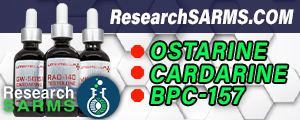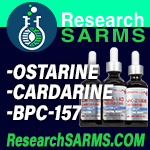ginger root and charcoal (pharmaceutical grade of course) are supposed to work for gas
Pharmaceutical companies process pure carbon to make activated charcoal, which is highly absorbent of particles and gases in the body's digestive system . Under a microscope activated charcoal can be seen to have many small chambers and cavities that add up to an extensive surface area. These are perfect for catching and trapping the large molecules of most toxic substances, which is why charcoal is also used in air and water filters. Activated charcoal has been recognized as an effective poison antidote since the early 1830s, when a French pharmacist shocked a group of medical colleagues by gulping down a hefty dose of strychnine (more than enough to kill him) that was mixed with finely ground charcoal. The charcoal saved his life and has since saved the lives of many others who have consumed toxic levels of chemicals (including household cleansers) and drugs (including sedatives, narcotics, and painkillers). Veterinarians also administer activated charcoal to animals that have taken certain poisons, including dogs that have eaten too much chocolate.
Benefits and Uses
In addition to being an anti-poison first-aid remedy, in recent years researchers have demonstrated a number of non-emergency uses for activated charcoal taken internally. Activated charcoal can eliminate fungi, viruses, and bacteria and may promote recovery from some types of food poisoning. Activated charcoal can also adsorb gases, especially in the lower intestine, and thus help to relieve flatulence and gas pains.
Chyka, P.A., and D. Seger, "Position statement: single-dose activated charcoal. American Academy of Clinical Toxicology; European Association of Poisons Centres and Clinical Toxicologists," J Toxicol Clin Toxicol (1997), 35(7):721-41
Shah, I.A., et al., "Variability of mitomycin C adsorption by activated charcoal," J Pharm Pharmacol (1998), 50(3):251-56
West, L., "Innovative approaches to the administration of activated charcoal in pediatric toxic ingestions," Pediatr Nurs (1997), 23(6):616-19


 Please Scroll Down to See Forums Below
Please Scroll Down to See Forums Below 













